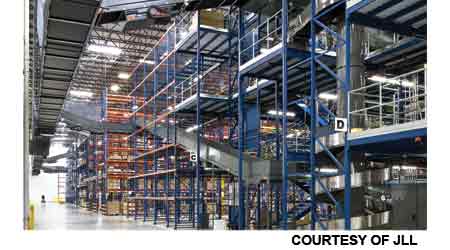Future of Warehousing Could Include Wave of Smaller E-commerce Centers
Last of a 5-part article exploring big changes in warehouse design, technology, and market
Despite all the talk of big, Brown actually sees the next wave of e-commerce fulfillment centers getting smaller. He points to Williams-Sonoma, which has three major distribution centers regionally positioned in the United States — a fact he says still makes it difficult for next-day delivery. A better model, given the overriding importance of delivery time in driving consumers’ purchases, might be smaller but more numerous facilities that are closer to consumers, he says.
Trees sees e-commerce continuing to drive demand toward urban centers. “Any sort of industrial real estate within a 60-mile radius of any big population center will be in high demand,” he predicts. “I think we’re going to see a lot of these e-commerce build-to-suits continue in these million-square-foot-and-above buildings, still located within proximity to some population centers, but further out than 60 miles. The people who will be hurt are Class B and C industrial buildings in tertiary, outlying markets.”
Looking ahead, two big wild cards loom for the warehouse market, Brown says. One is the future plans of Alibaba, the giant Chinese e-commerce company. According to the Wall Street Journal, transactions on its online sites totaled $248 billion in 2013, more than those of eBay and Amazon combined. Will Alibaba set up a U.S. distribution chain? If it does and sets out to compete with Amazon, that could have enormous demand implications for warehouse space, Brown says. Or maybe Alibaba will partner with someone to establish a U.S. supply chain, perhaps even Amazon, he says. The other wild card in the next five years is online grocery delivery, which already makes sense in dense urban markets, where grocery shopping is a hassle, Brown says. If that market develops, he says, it will drive demand for fairly small warehouses that are very close to the consumer and offer cold storage and freezer space.
The direct-to-consumer business is a tide that will keep rising, Marshal predicts, and that means establishing distribution centers close to consumers just to meet the demands on timing. “The idea of having a warehouse out in the middle of a cornfield will still remain,” he says, “because you still have to fulfill the direct-to-store function, but to fulfill the insatiable demand of clients for next-hour delivery, you’re just going to have get closer to the consumer.”
Photo Caption: Interior of CVS warehouse, Waverly, N.Y.
Related Topics:
















